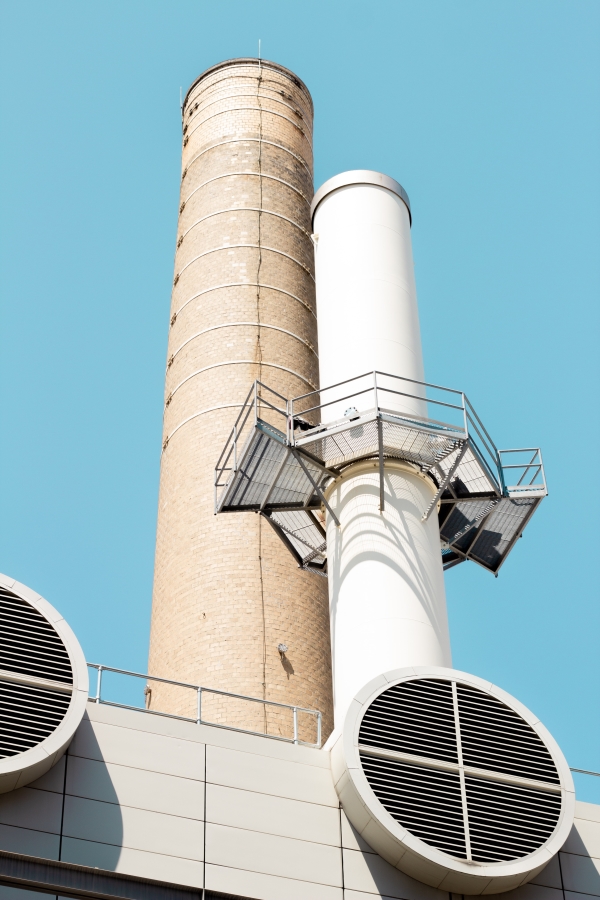U.S. EPA reference method ambient air and meteorological monitoring programs have become extremely efficient. Programs that once required large monitoring trailers, elaborate data communication protocols and extensive “baby-sitting” now consist of small shelters, wireless communication and extended periods of remote operation. ALL4 has substantial experience designing, operating, managing and ensuring the quality of ambient air and meteorological U.S. EPA reference method monitoring programs. These monitoring programs can be short-term or long-term projects including a single station or multiple stations. ALL4 has integrated new approaches to U.S. EPA reference method monitoring program design and operation including posting of real-time data to secure websites and using cellular phone applications to view, operate, collect, and retrieve monitoring data.
In the last 5 years a new generation of low-cost, highly portable air quality sensors has become available to the general public and scientific community. These low-cost sensors are usually supported by a web-based network that makes all the data publicly available online. ALL4 has been tracking the development of low-cost sensors and has experience in evaluating the data quality and recommended end use for the collected data.
Speak With A Monitoring Expert Today
Experienced Ambient Pollution Services
ALL4 has conducted third-party quality assurance audits for a diverse base of industrial clientele as well as state and federal agencies. These audits have taken place over a broad geographic area across the continental U.S.
ALL4 has experience with ambient air monitoring programs for a variety of pollutants, including:

- Sulfur Dioxide (SO2)
- Oxides of Nitrogen (NOX)
- Particulate Matter less than 10 Micron (PM10)
- Particulate Matter less than 2.5 Micron (PM2.5)
- Ozone (O3)
- Carbon Monoxide (CO)
- Air Toxics
Meteorological Monitoring Services
Meteorological monitoring programs range from small-scale setups where measurements are made with 10-foot tripod to multi-level tall towers and remote sensing equipment with Doppler Sonic Detection and Ranging (SODAR) systems. The design of the meteorological monitoring programs considers the end use of the data and typically incorporates long-range planning for additional uses of the data.
Learn More About Our Ambient Pollution Services
At ALL4, we provide the expertise you expect from an established national provider with the service and support you can only get from a local partner. When you work with our team of field experts, we’ll tailor our meteorological monitoring and ambient pollution services to your company size, industry and specific needs.
Schedule a consultation today to learn more about establishing professional ambient pollutant and meteorological monitoring for your business. You can get in touch with the ALL4 regional office nearest you. You can also connect with our corporate office directly using our contact form.

